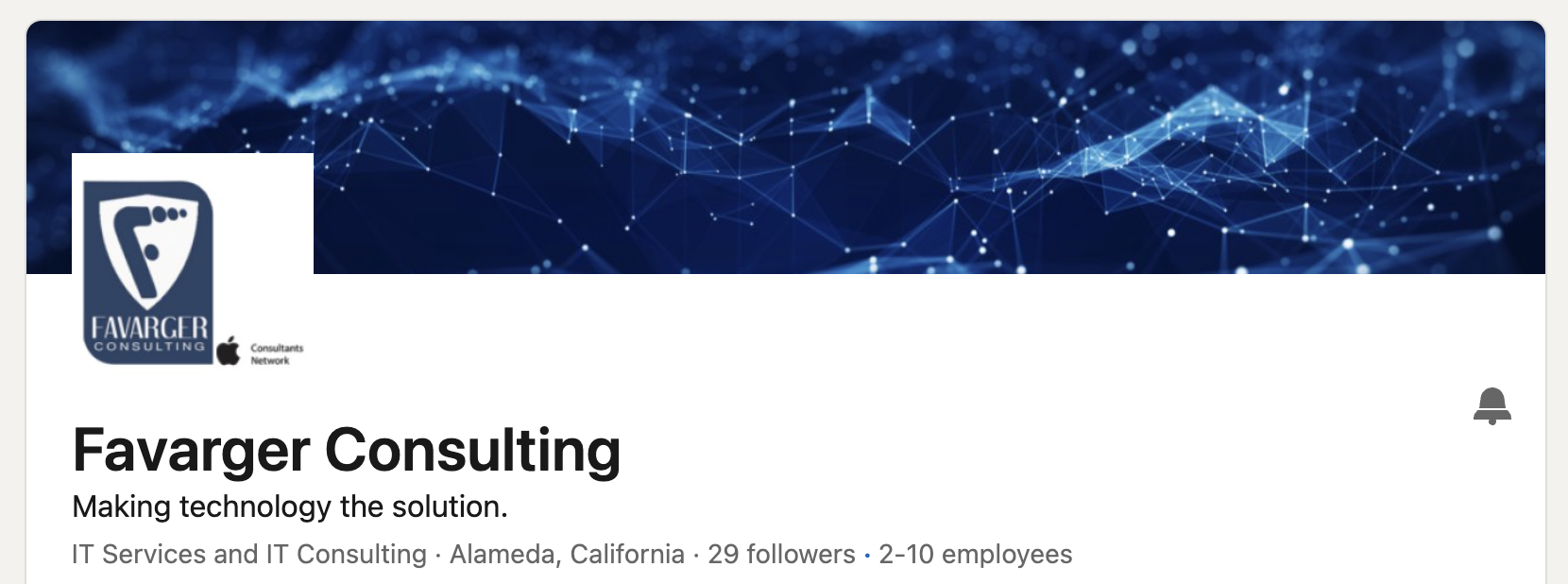
July 2024 Newsletter
New Smishing Scam Targets Apple Users
A recent cyber attack has been targeting Apple users in an attempt to steal their Apple ID and password. Cybercriminals have been sending iPhone and iPad users text messages claiming to be Apple, with a link to a fake iCloud login page. Entering your credentials into this website will share your information with attackers and put your Apple ID at risk. To protect yourself from SMS phishing (AKA “smishing”) attacks like these, be wary of any unsolicited texts you receive, and avoid clicking on links you don’t recognize.
If you think you may have fallen victim to a smishing scam and that your Apple ID is at risk, you should immediately change your Apple ID and password and enable two-factor authentication for an added layer of security. You can read more about protecting your Apple account and what to do if your Apple ID has been compromised in this official statement from Apple.
Five Cybersecurity Tips
Phishing has been around for a while, or tricking people into giving personal data by email, text, or phone. Still, it’s not going away. Here are five tips to prevent phishing:
Be suspicious of both unexpected texts and emails. Emails aren’t the only way people phish.
Hover over the link an email gives you before clicking; that can show you the actual URL. See if the exact web address seems legitimate.
Check the actual email address (not just the display name) to see if it matches the company's name.
Don’t ever download an attachment from an unknown email.
If a Word or Excel document asks you to enable macros, do not enable them unless you're 100% sure you need them. A macro can easily infect your computer with a virus or malware.
Apple will never ever call you and ask for personal information. If you receive an unsolicited call from Apple, it is a scam.
So, if you unexpectedly see this when opening your Word Doc or Excel:
DO NOT click enable. And if you’re ever concerned you may have been victim to a phishing scam or cyber attack, don’t hesitate to give us a call.
Power Outages
We want you to know how you can help protect your data when a power outage occurs. If a power outage ever happens near your business, please note the following:
The most important thing you can do in a power outage is shut down your server. Most servers have a UPS battery backup that will automatically shut the server down, but if you can shut it down yourself that’s better. The rest of your equipment should power back on and start working after a power outage, except for your server, which will probably need to be powered on manually.
We will be there but call the office. Please do not text or call our cell phones directly. On the off-chance we aren’t there, leave a clear message so we can get back to you as soon as possible. If you have one of our firewalls we likely know the same time you do, but still, let us know as soon as possible.
We’re Never Too Busy to Talk to You
We know every piece of data, every program, and every tool you use is vital to your success. When those tools break down, you need someone in your corner who’s ready to help you with problems big and small—that’s where Favarger Consulting comes in. The next time you have a problem with the technology your company relies on, don’t hesitate to give us a call. We’re never too busy to talk to you.
Connect With Us On LinkedIn
Follow Favarger Consulting’s LinkedIn page for even more tech tips, tricks, and industry updates.
Ways To Contact Us.
Need to get in touch with us? Click the F icon in your computer's upper right menu bar and you never need to go looking for our phone number again.







